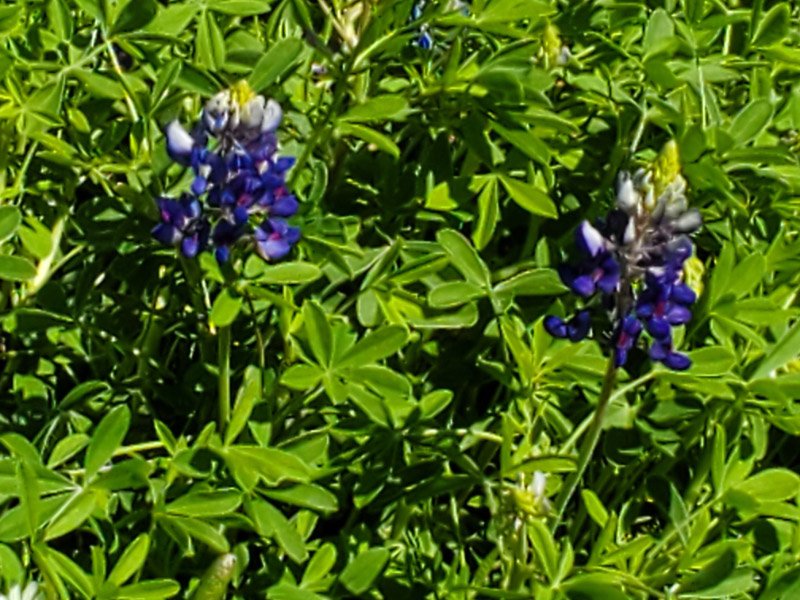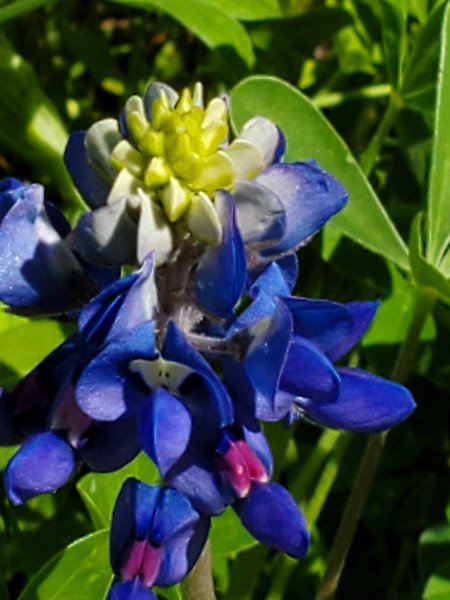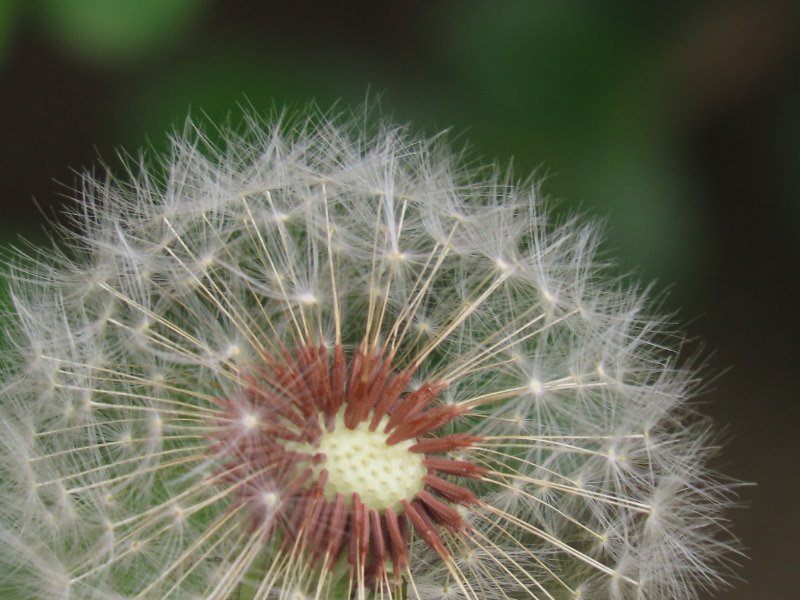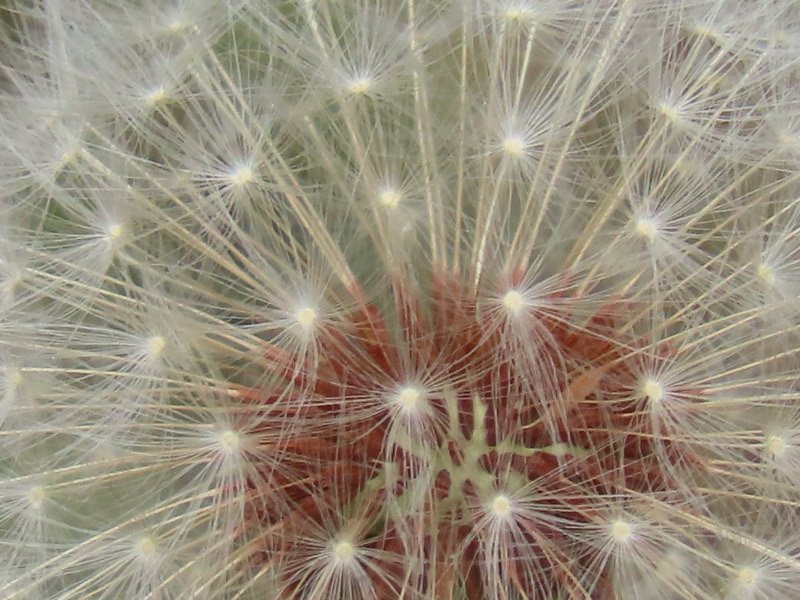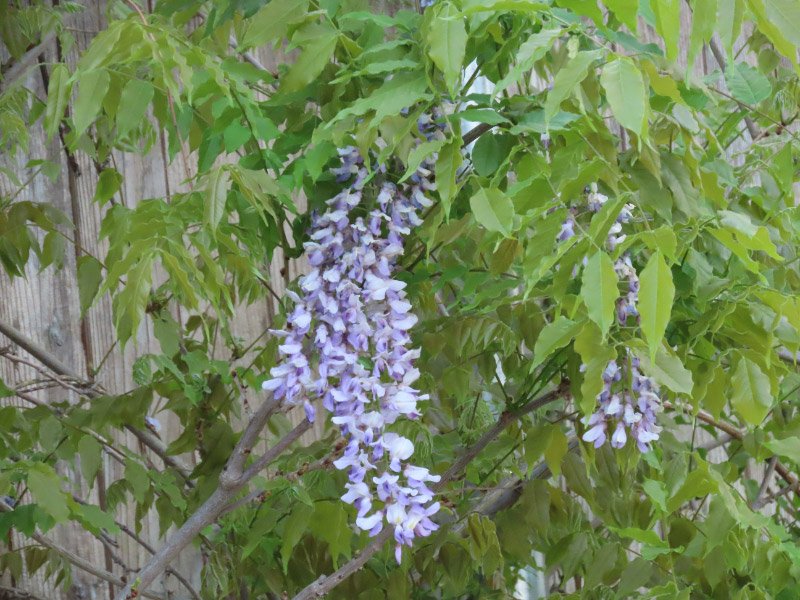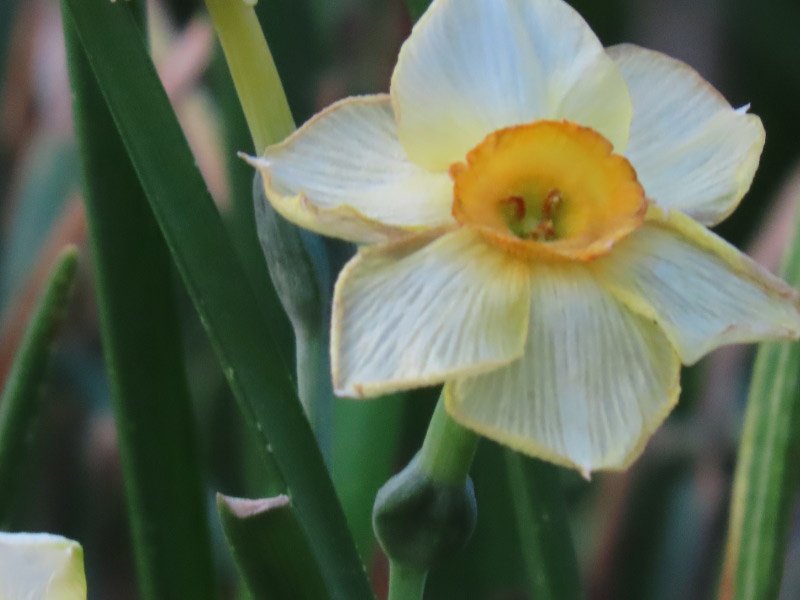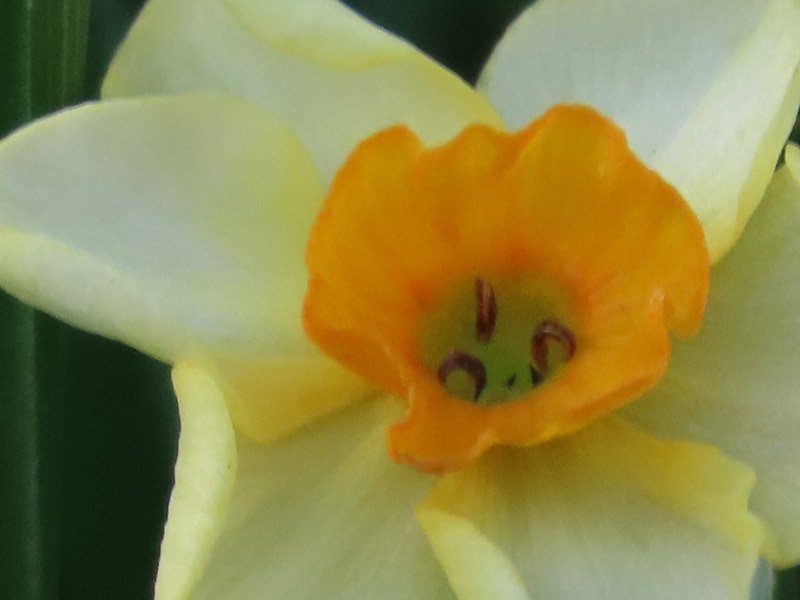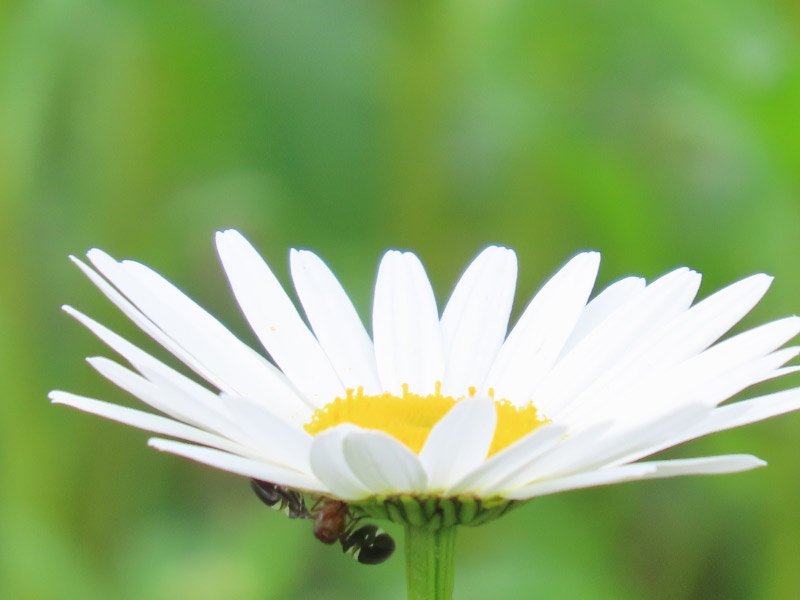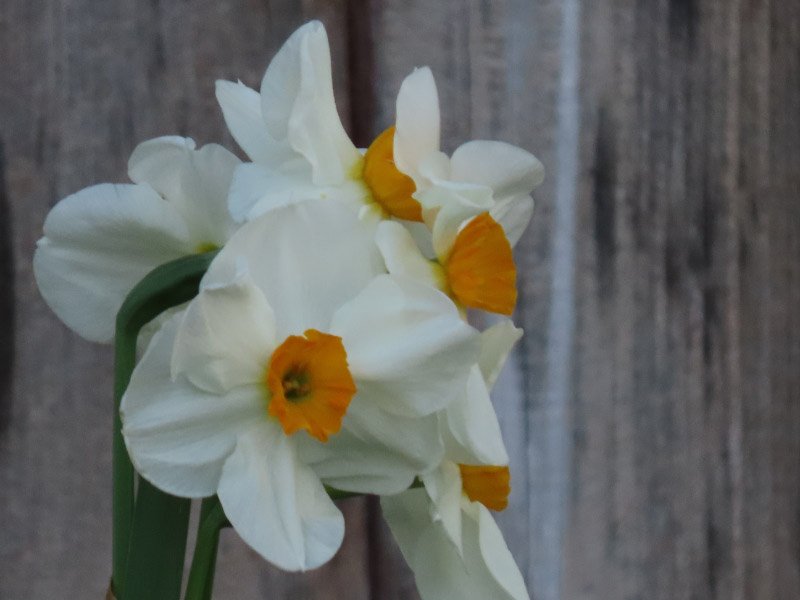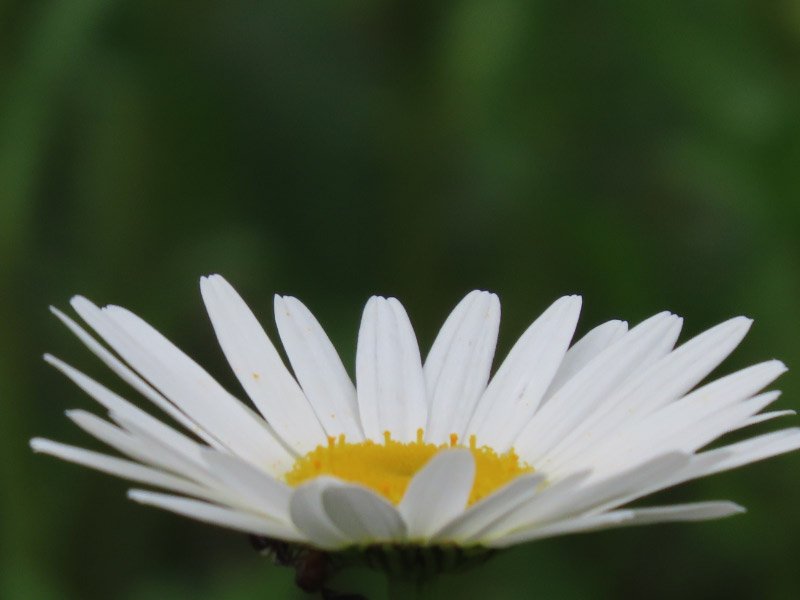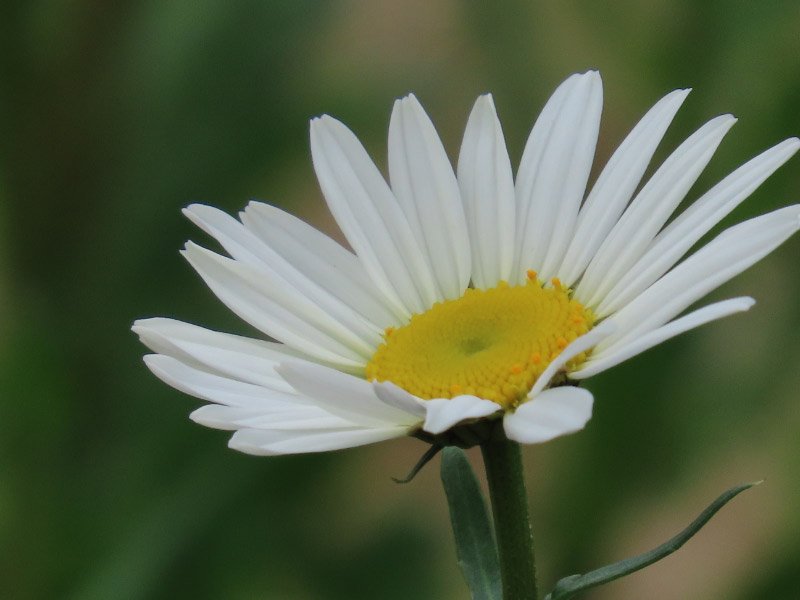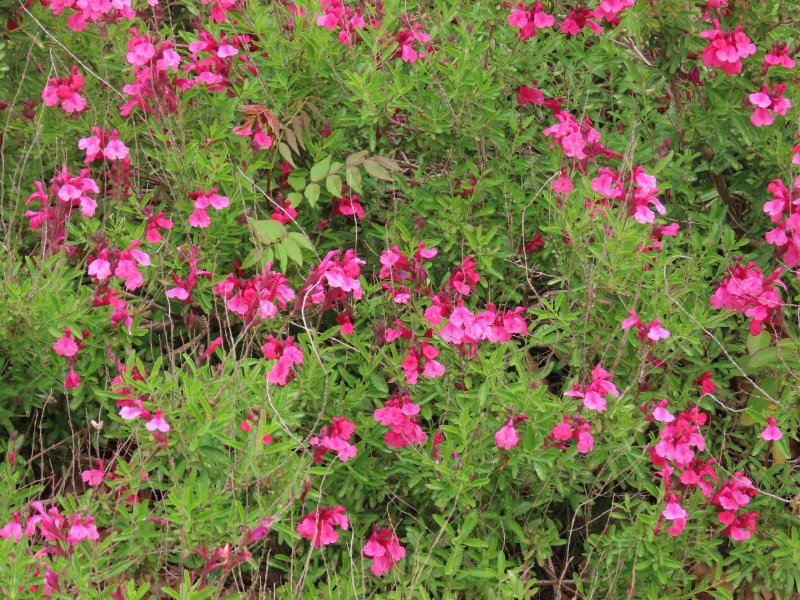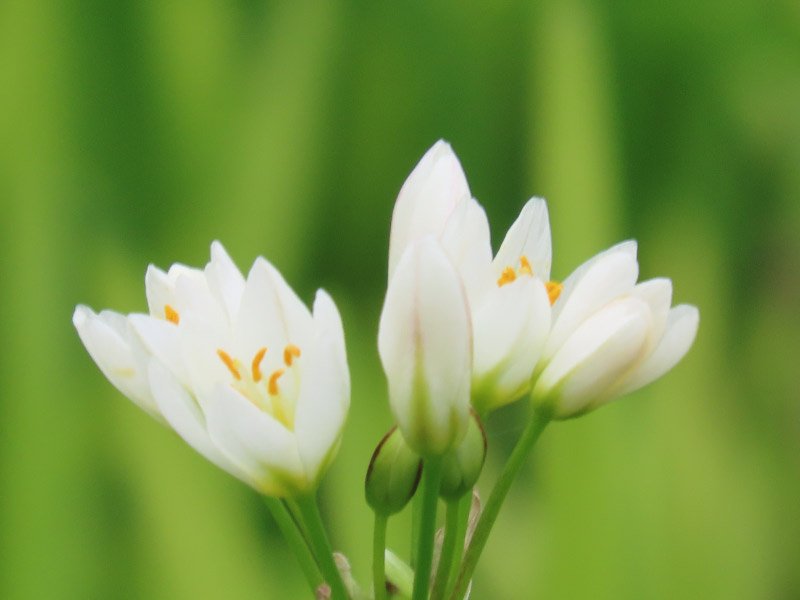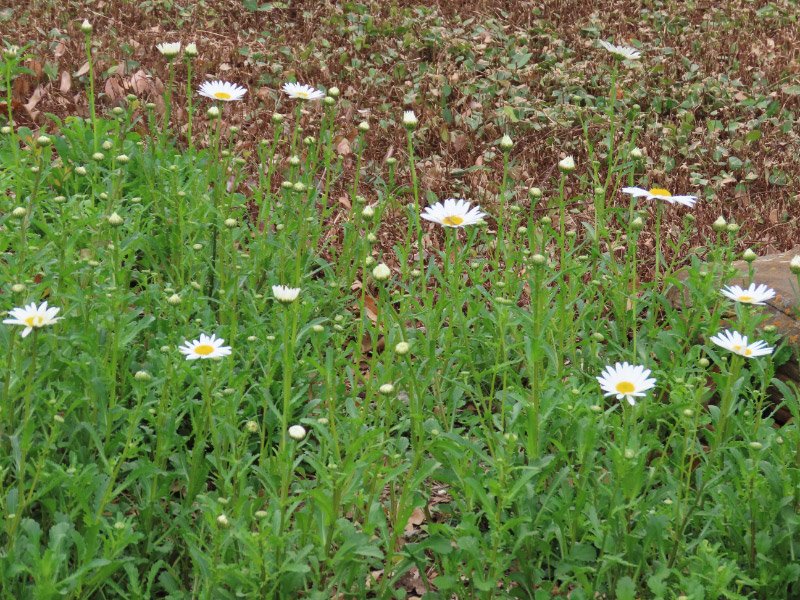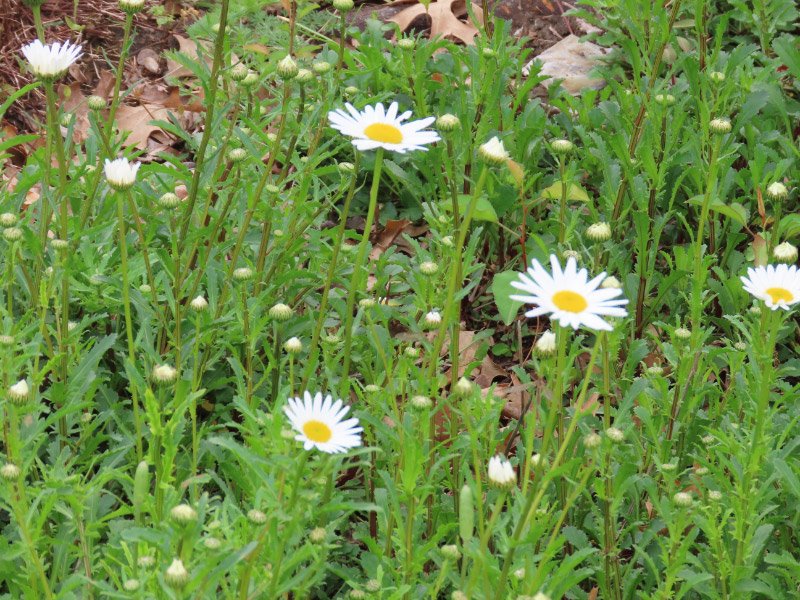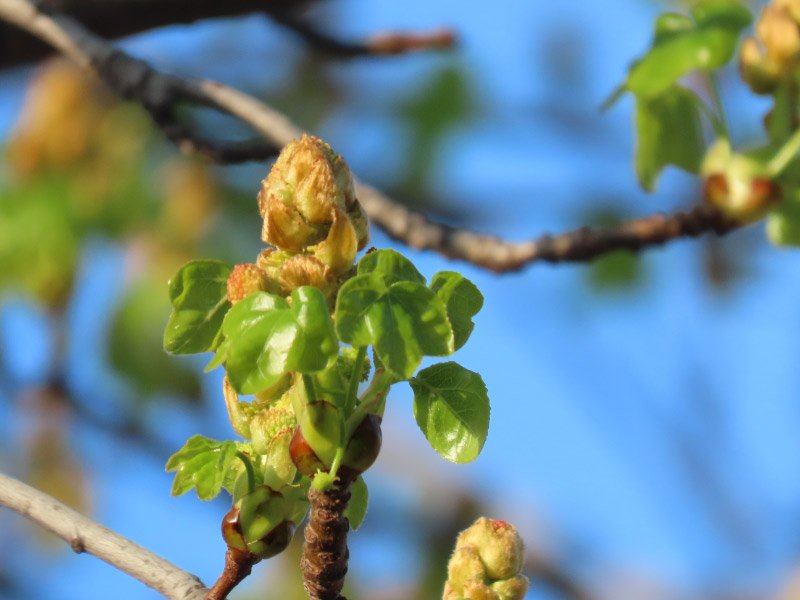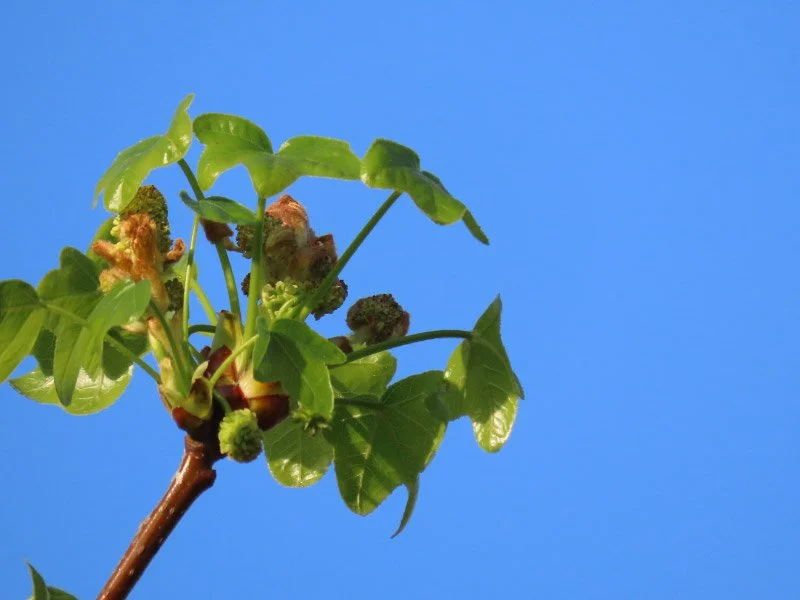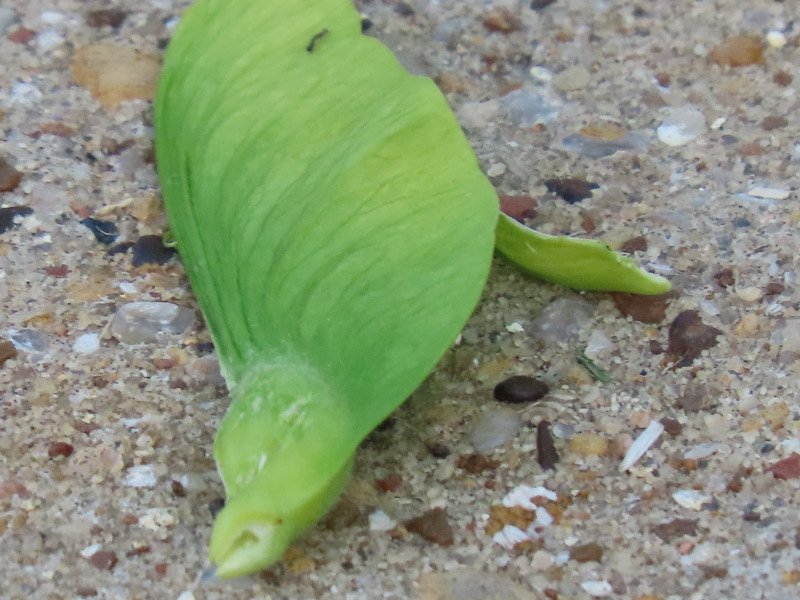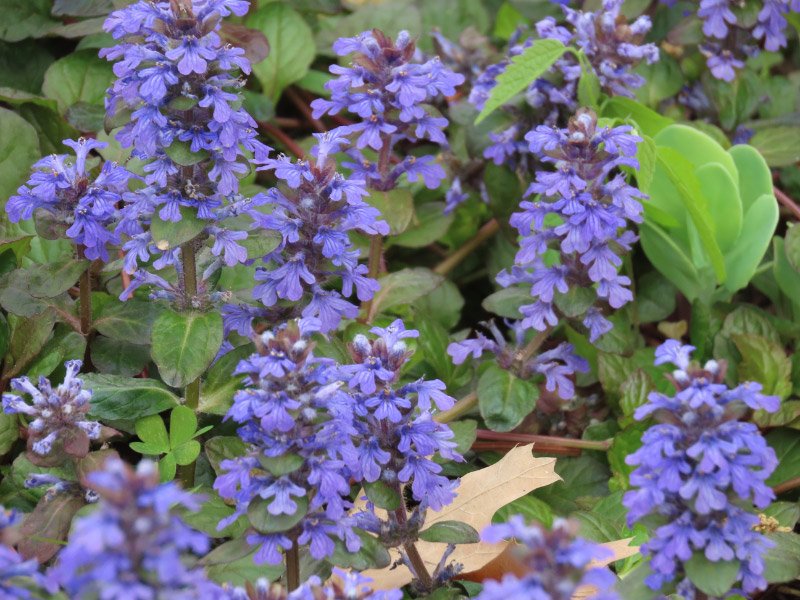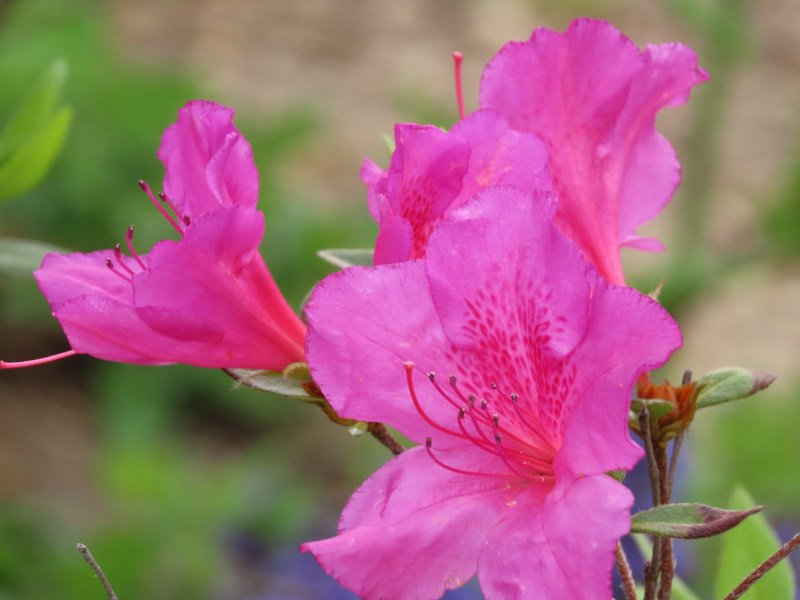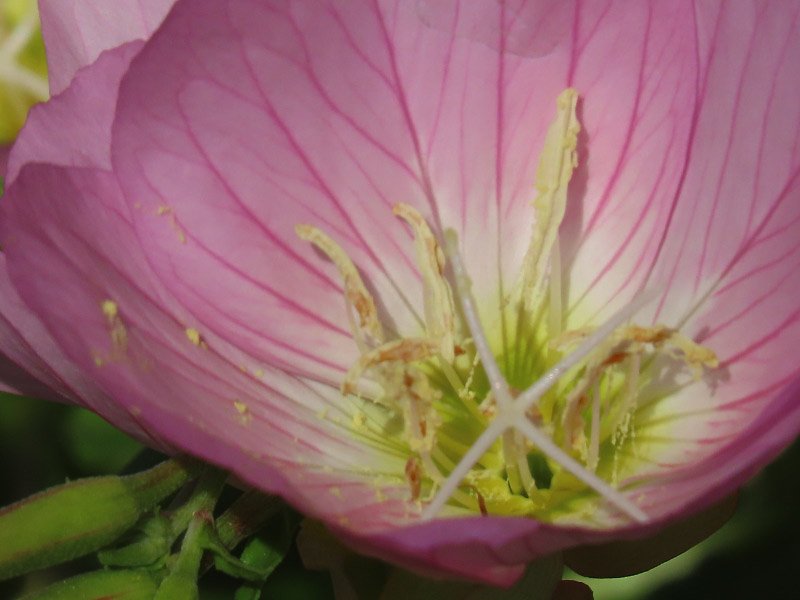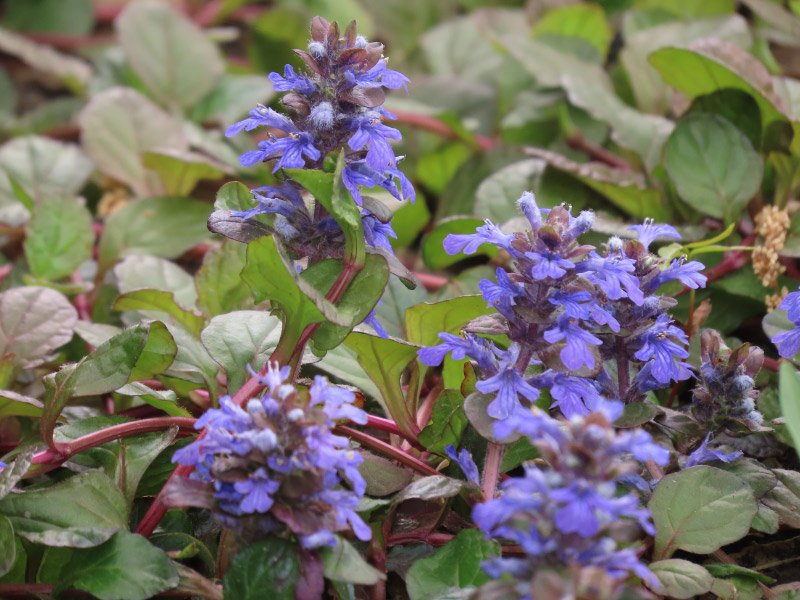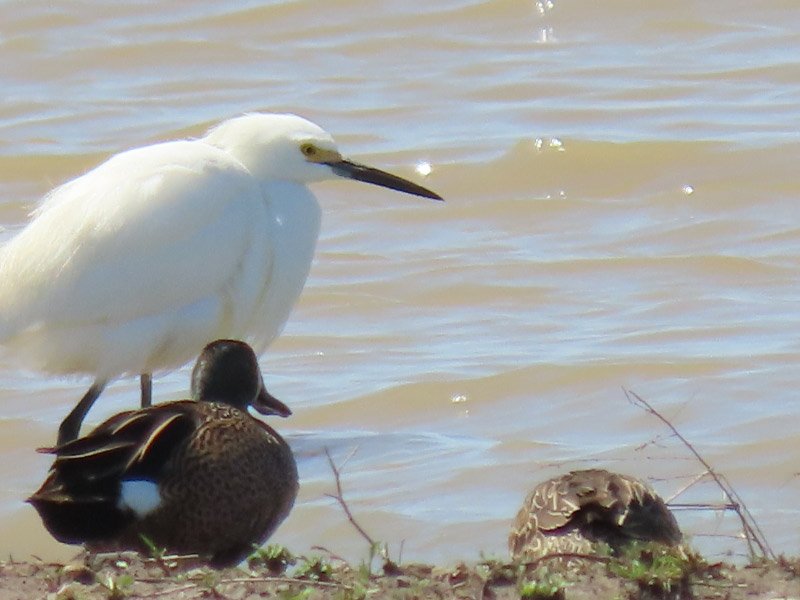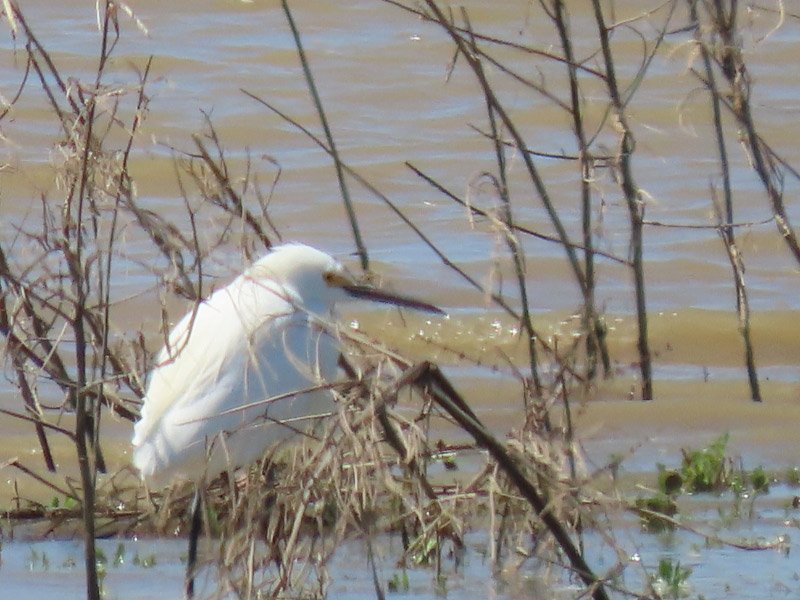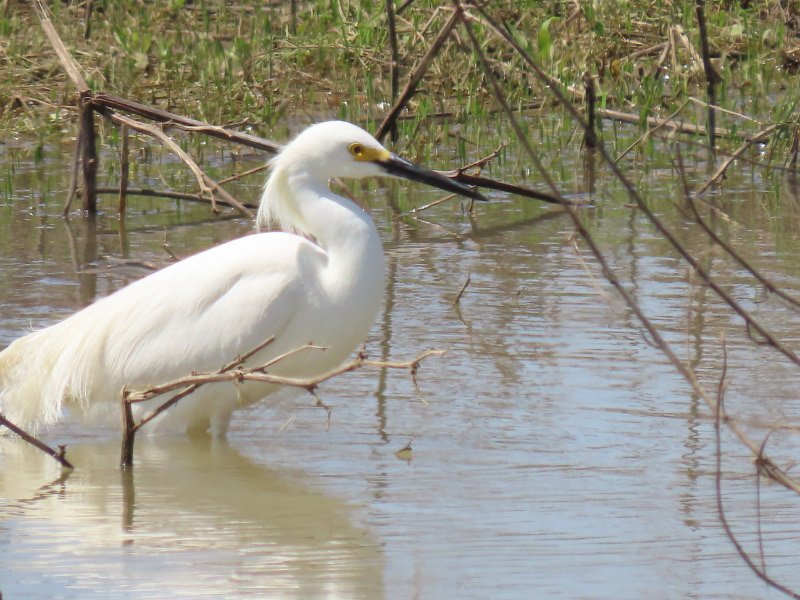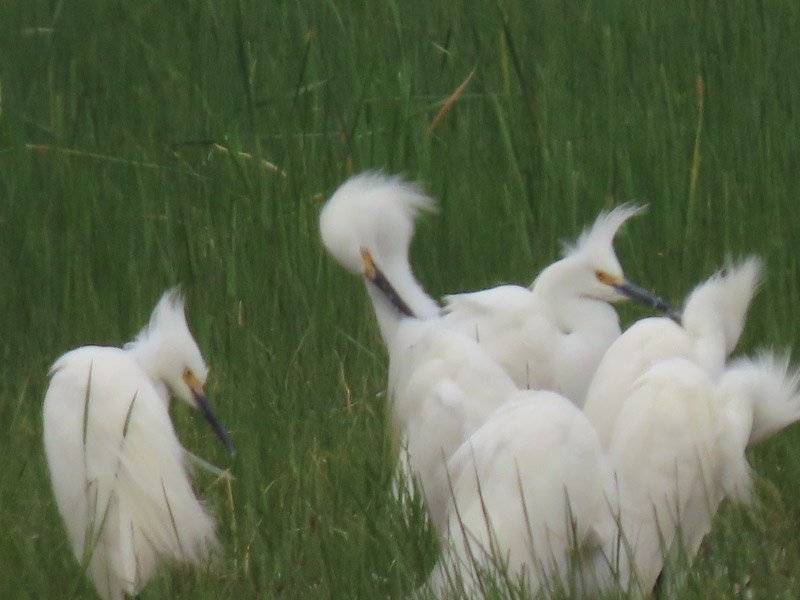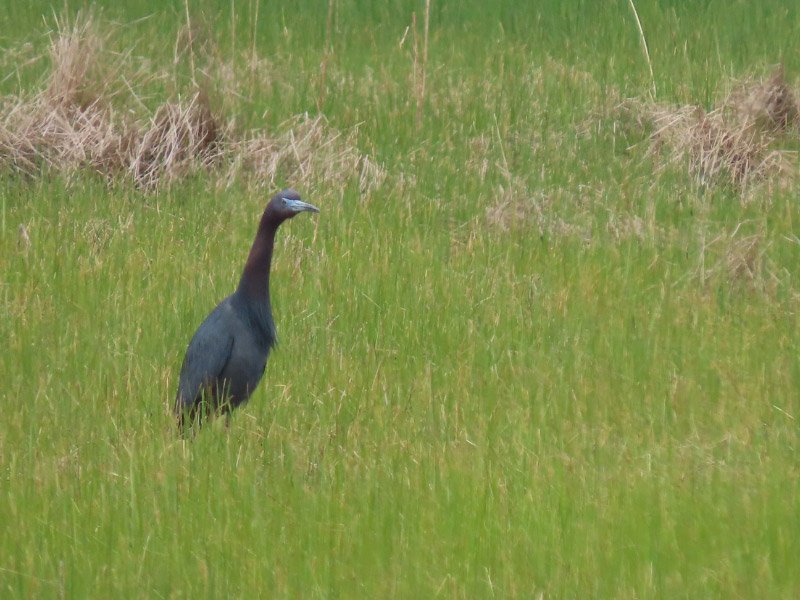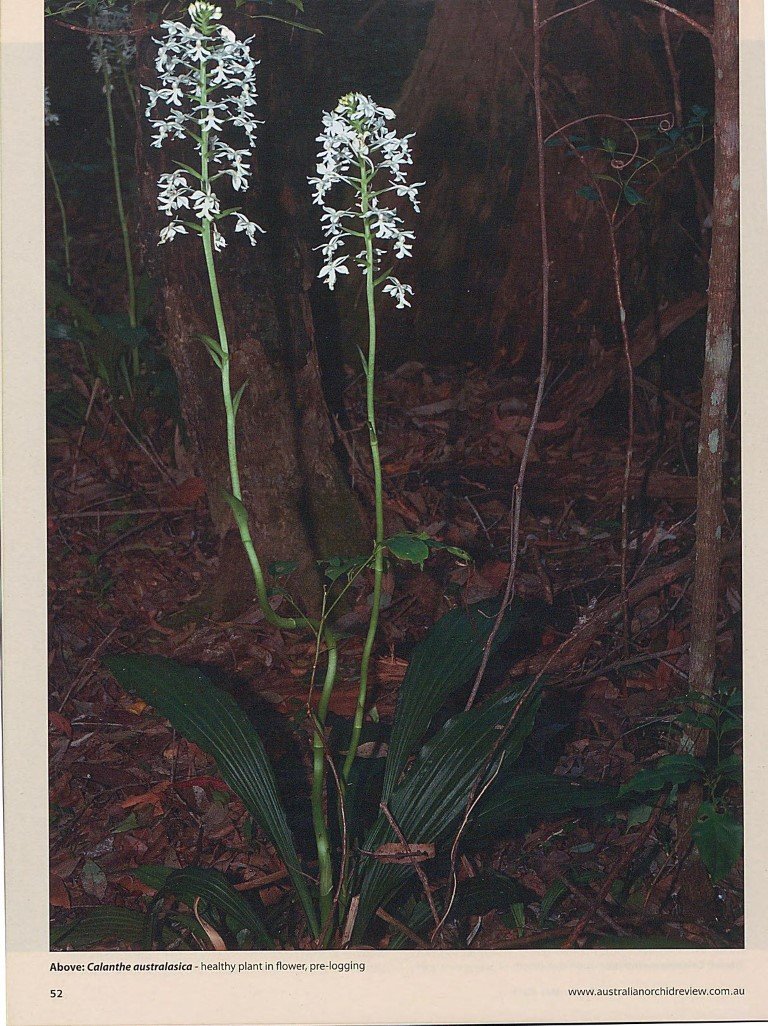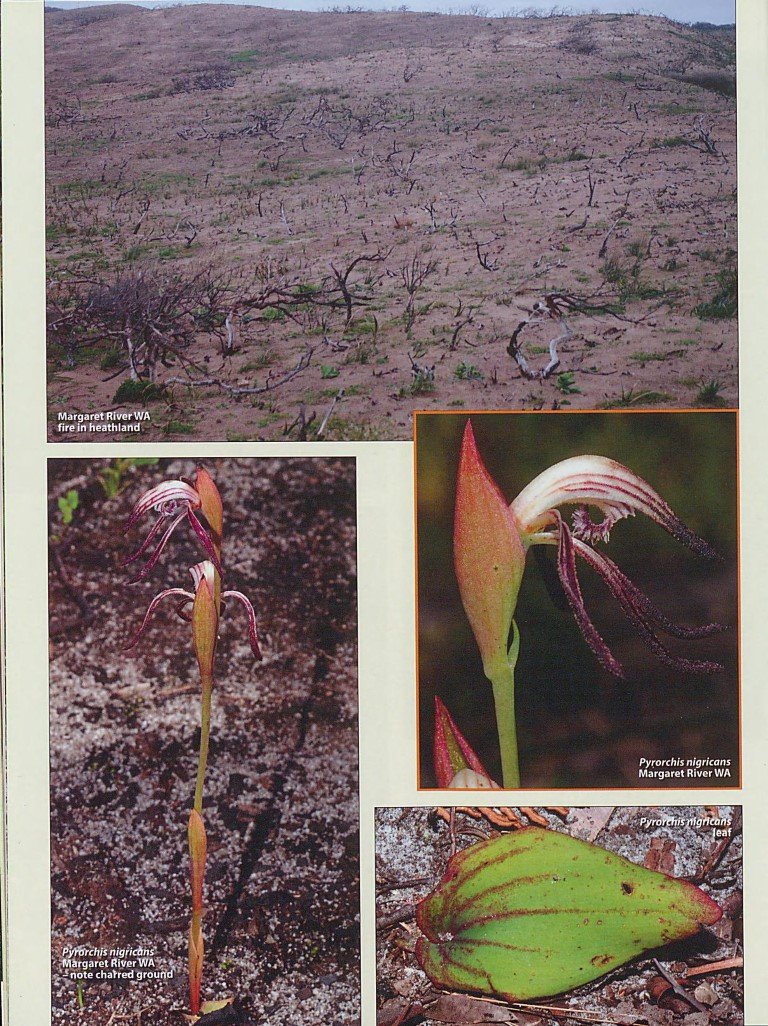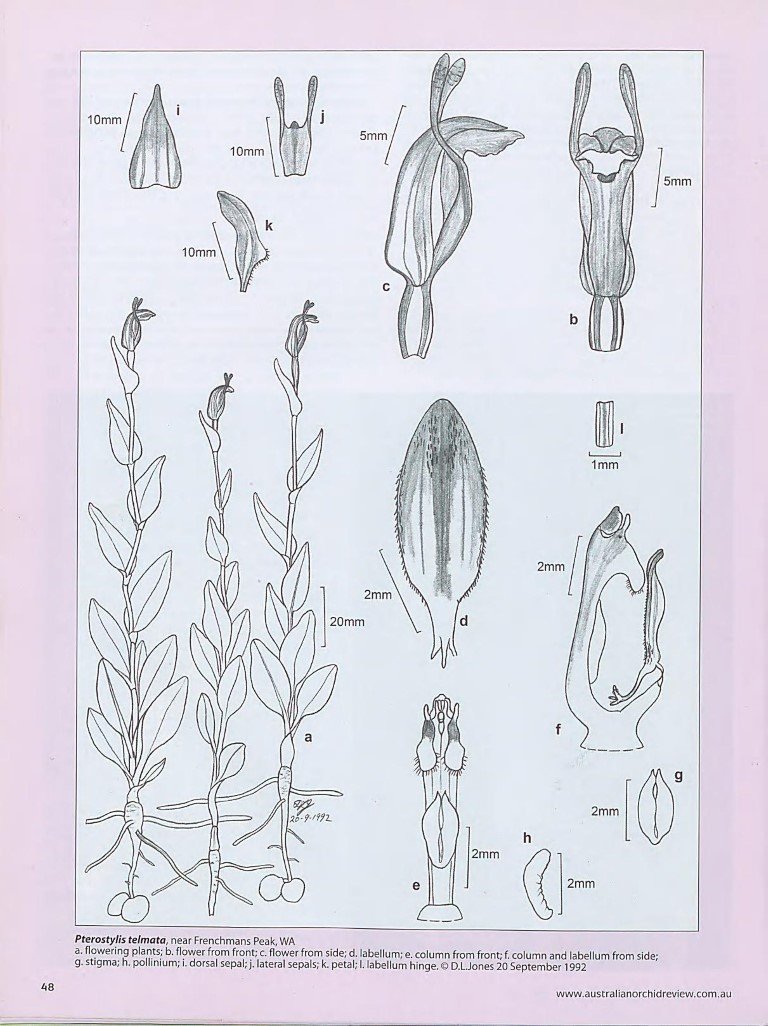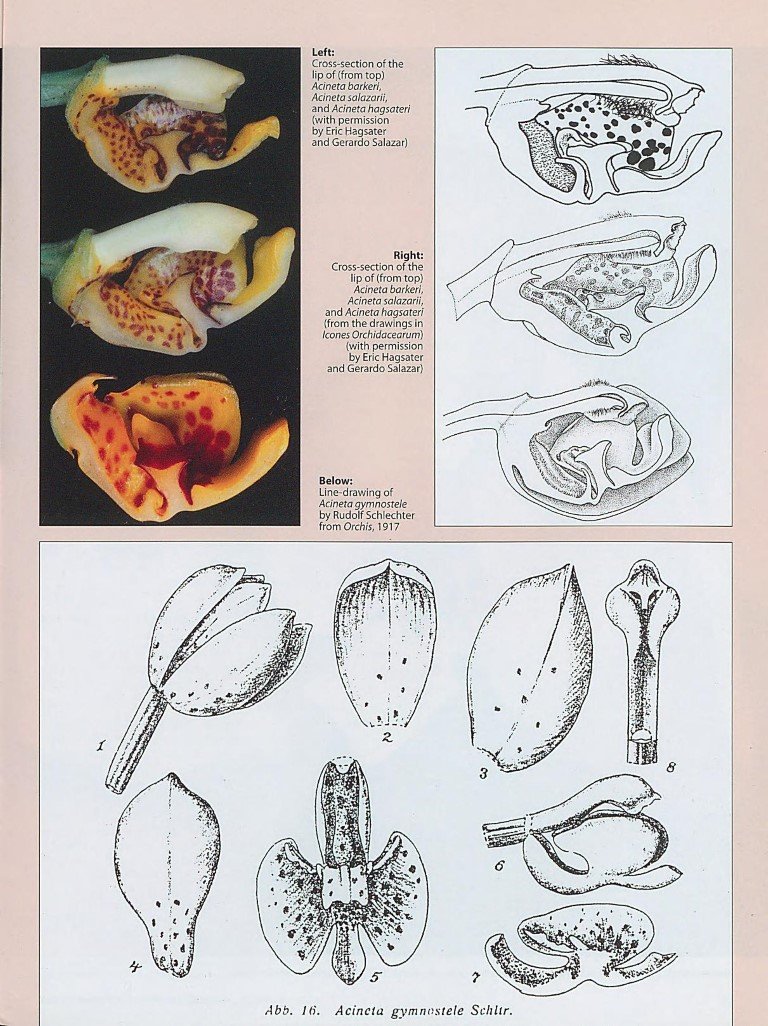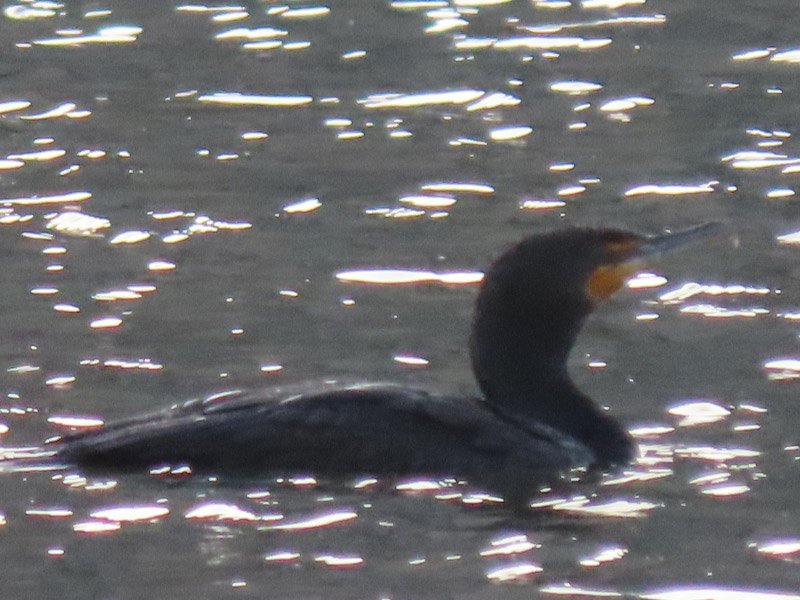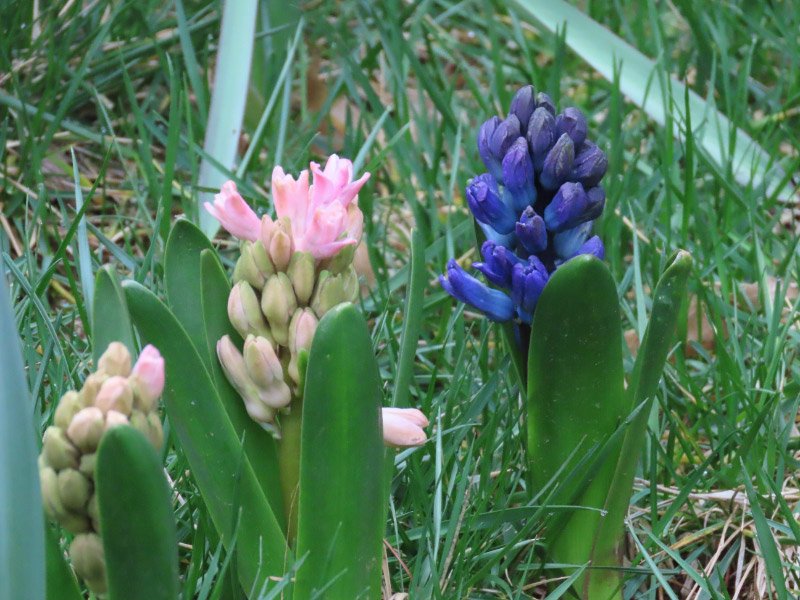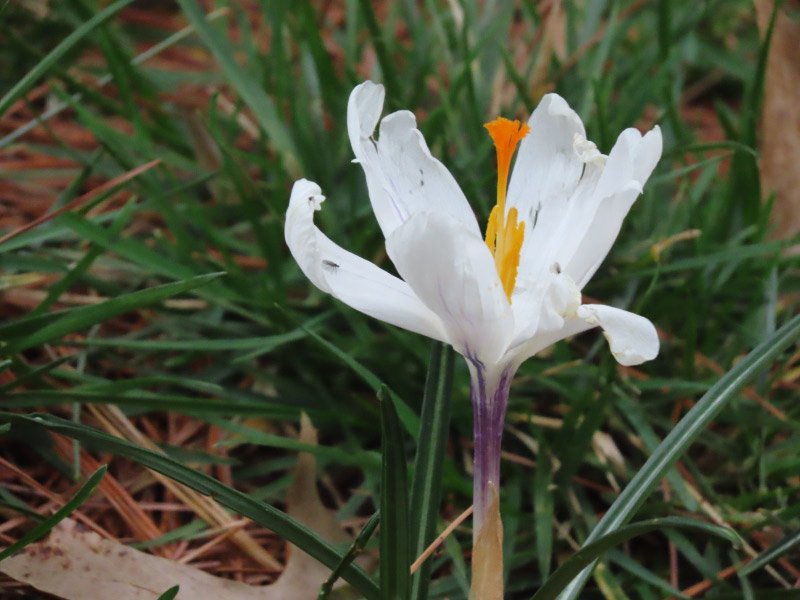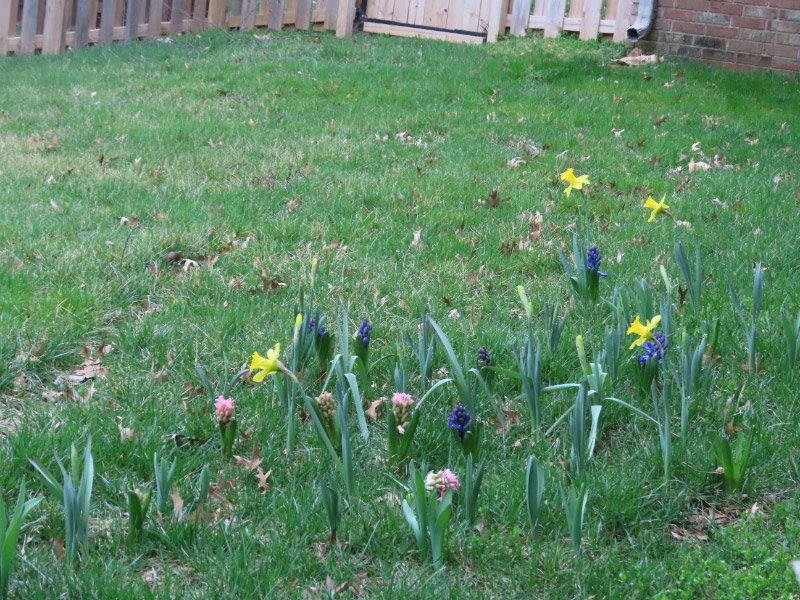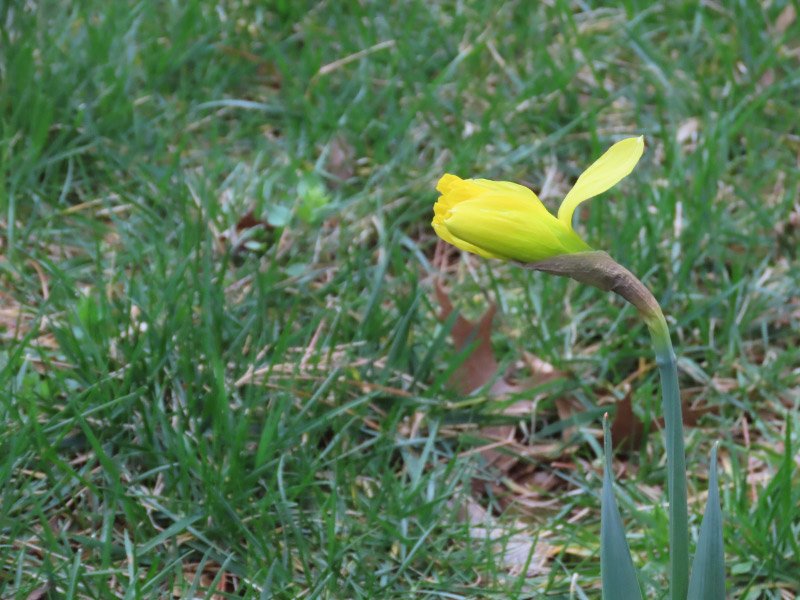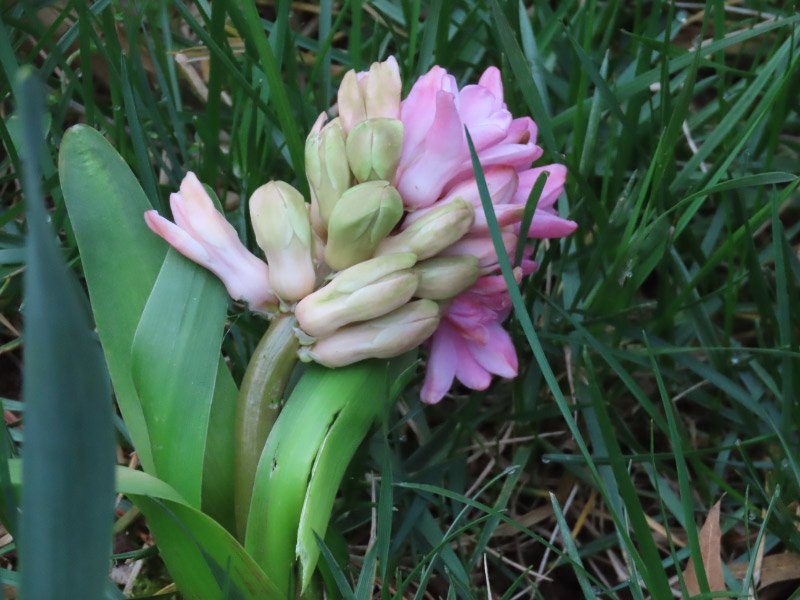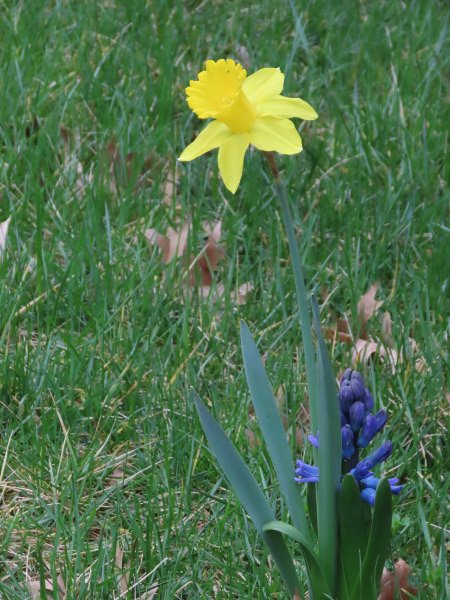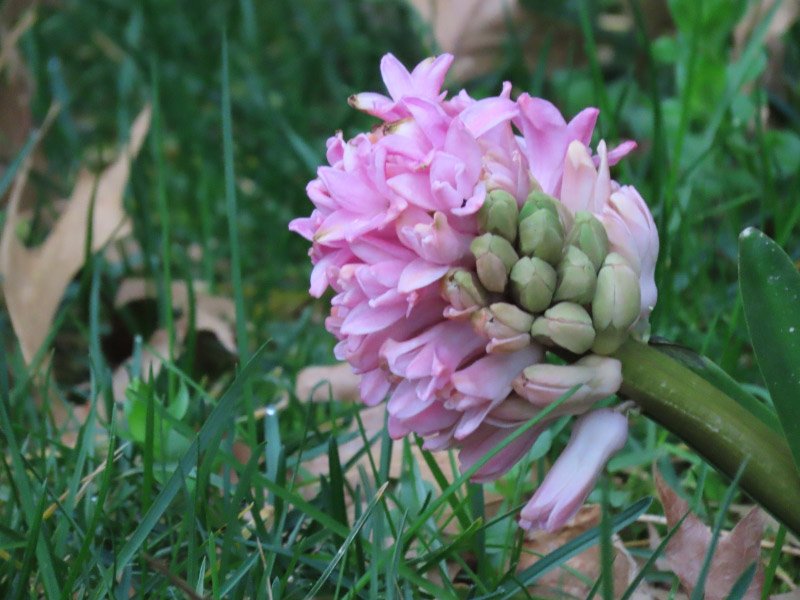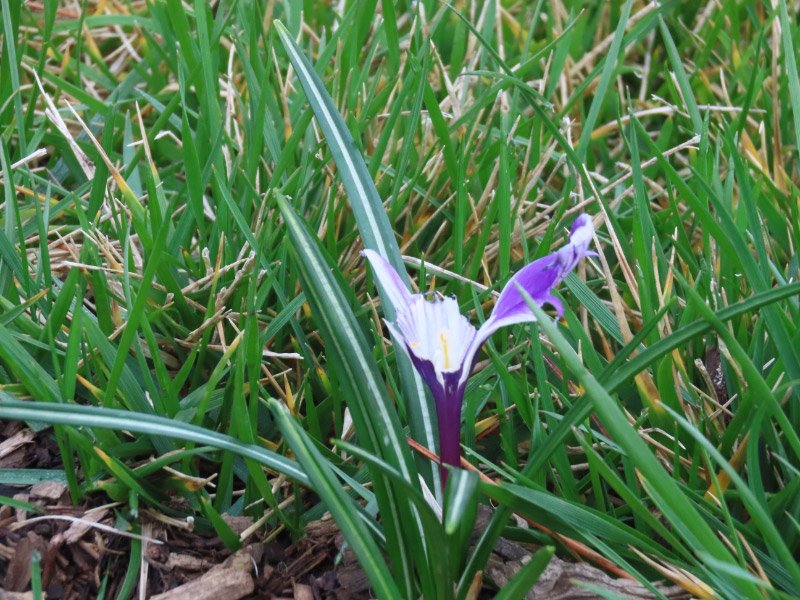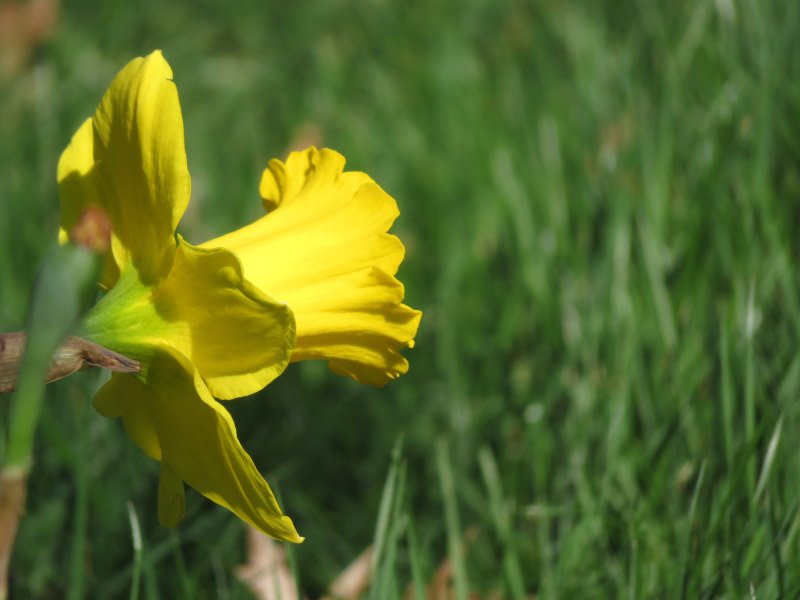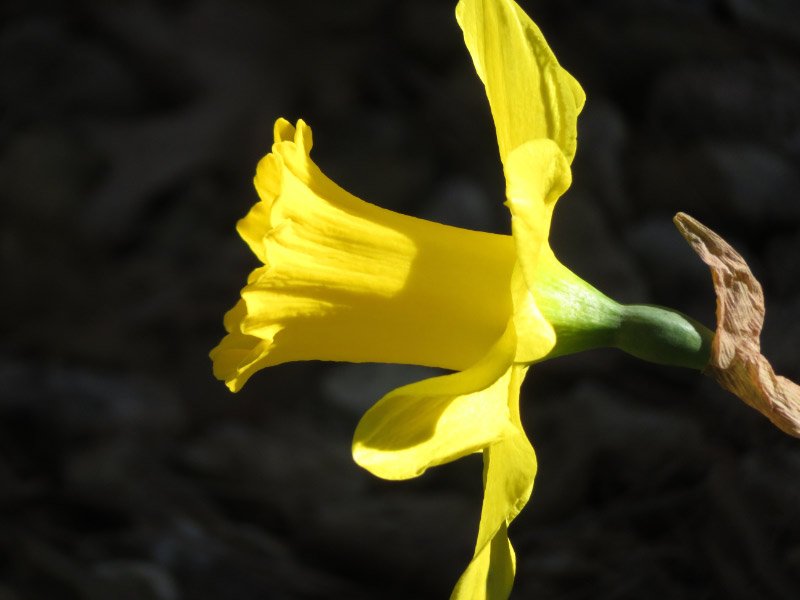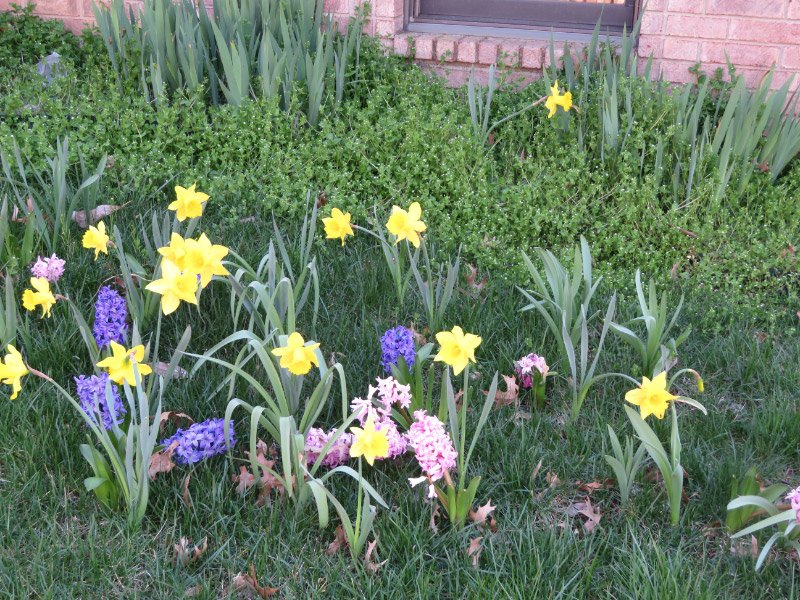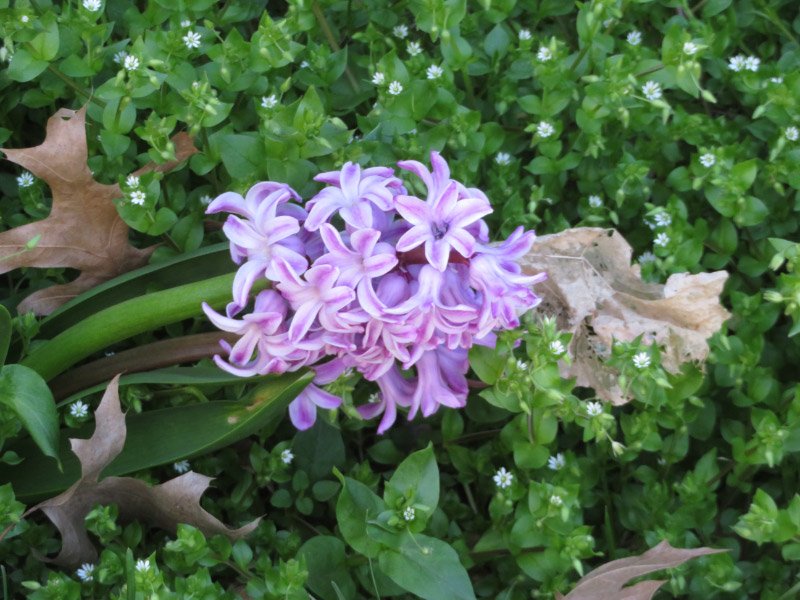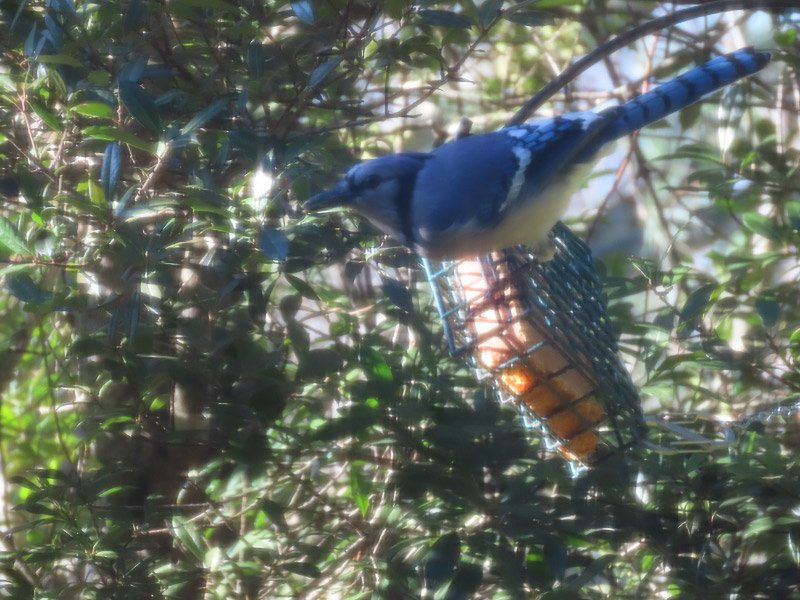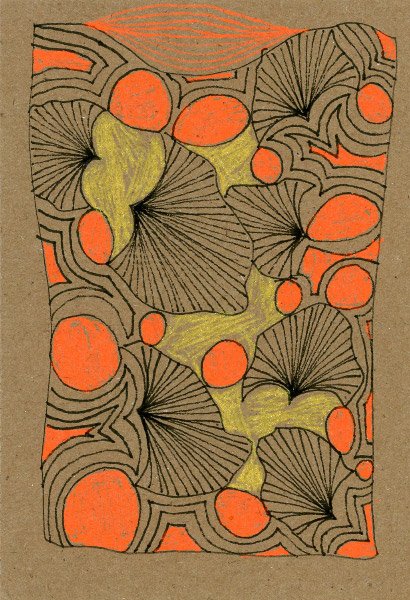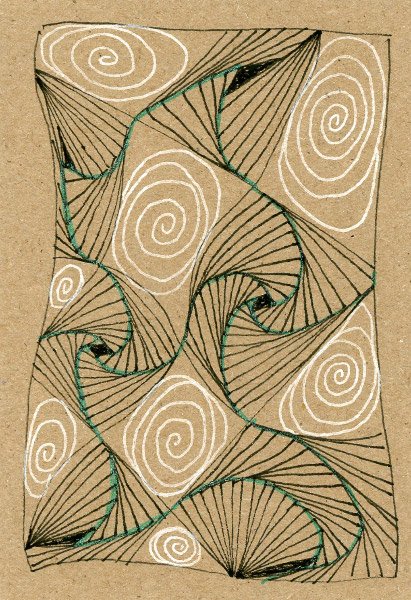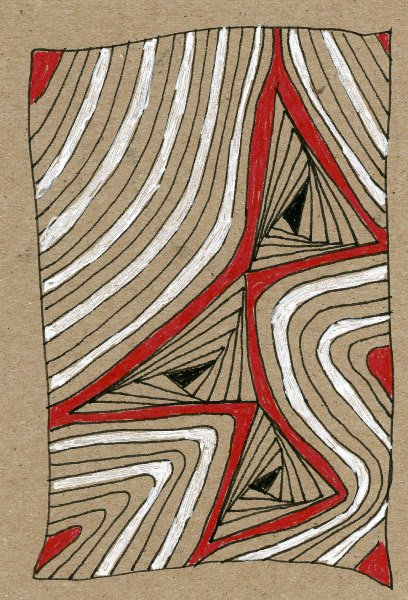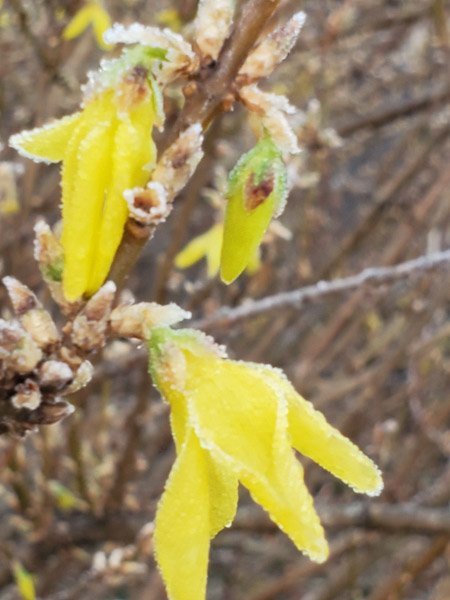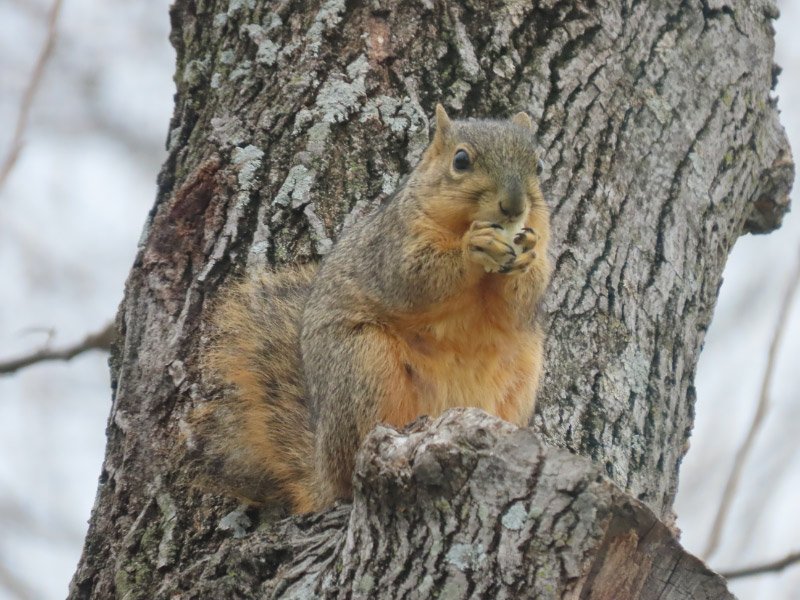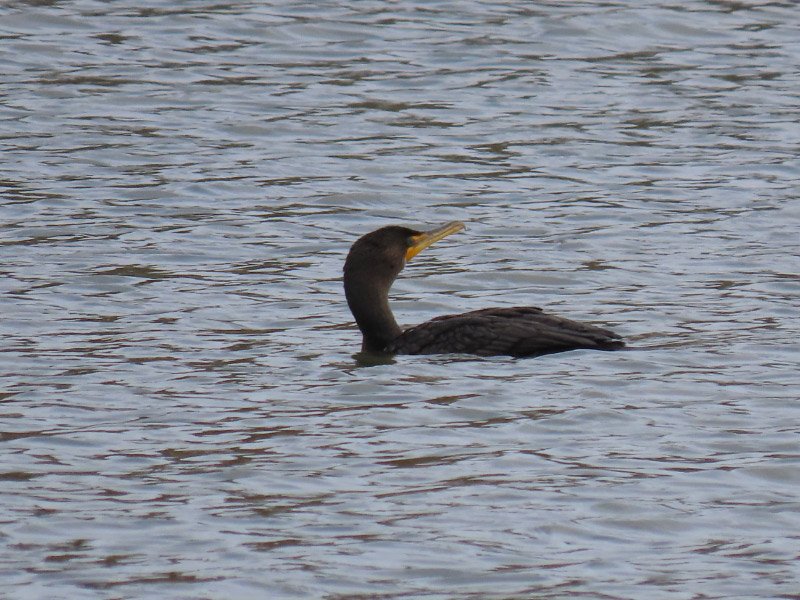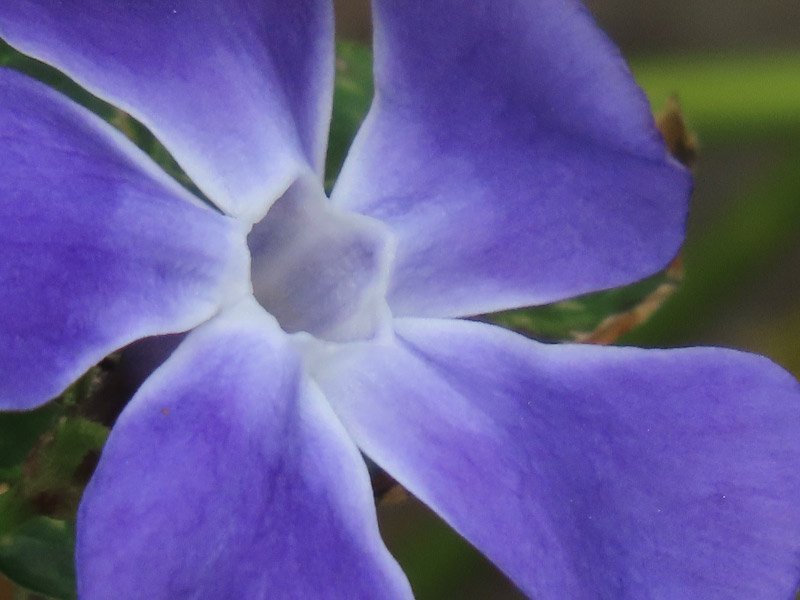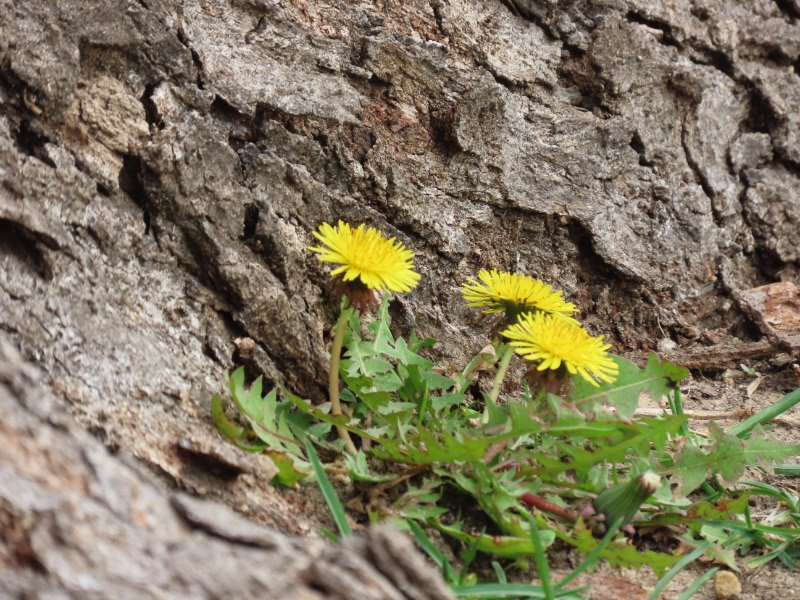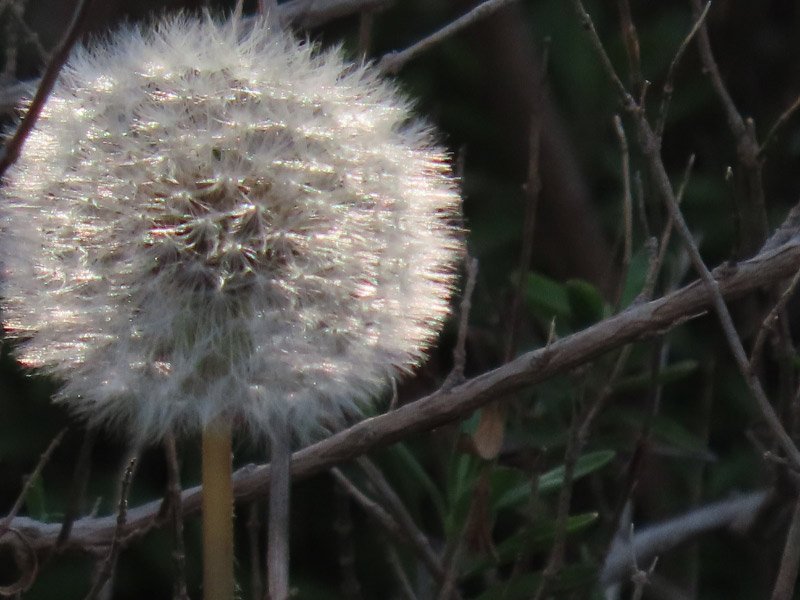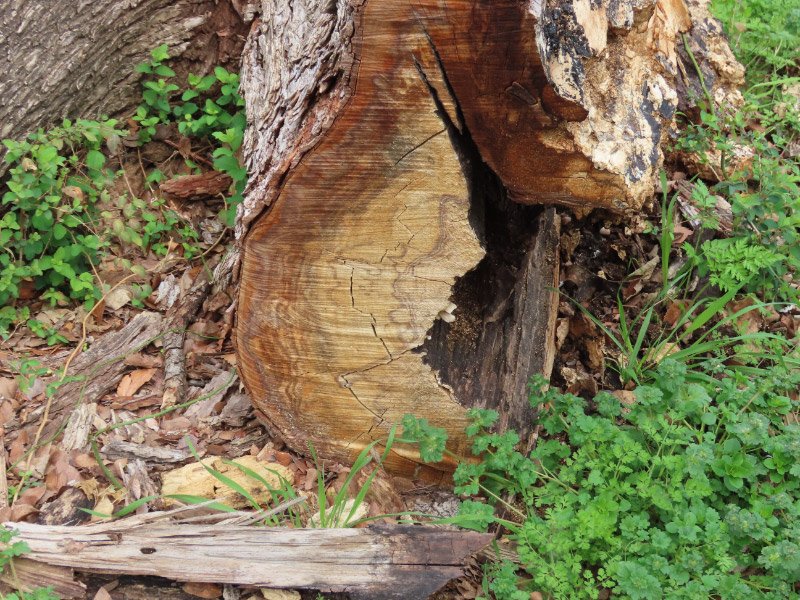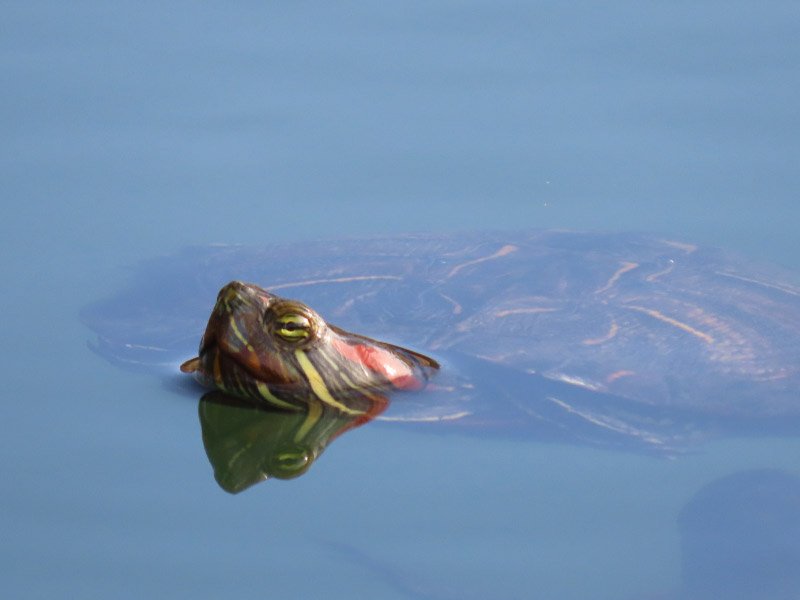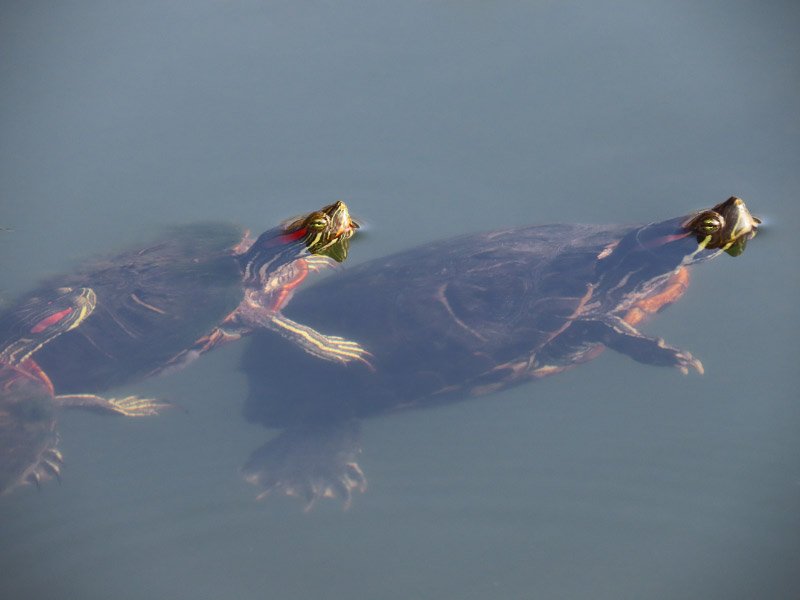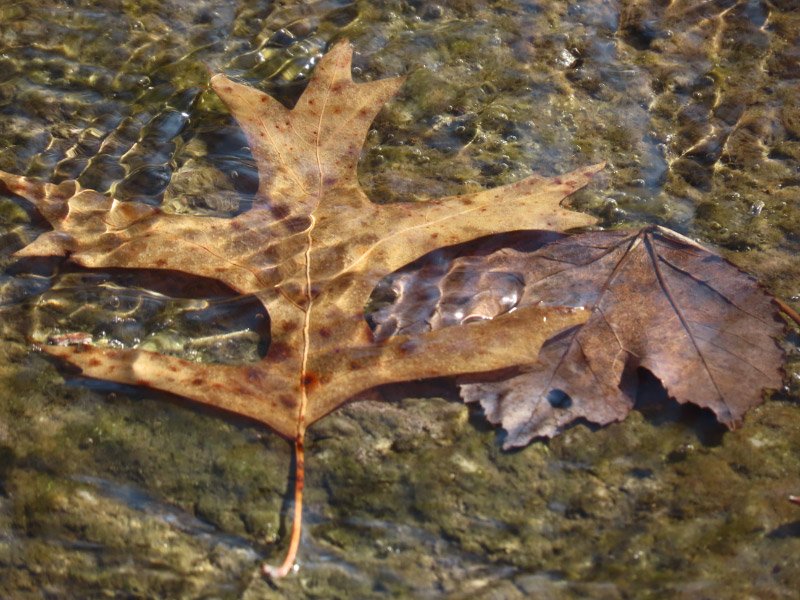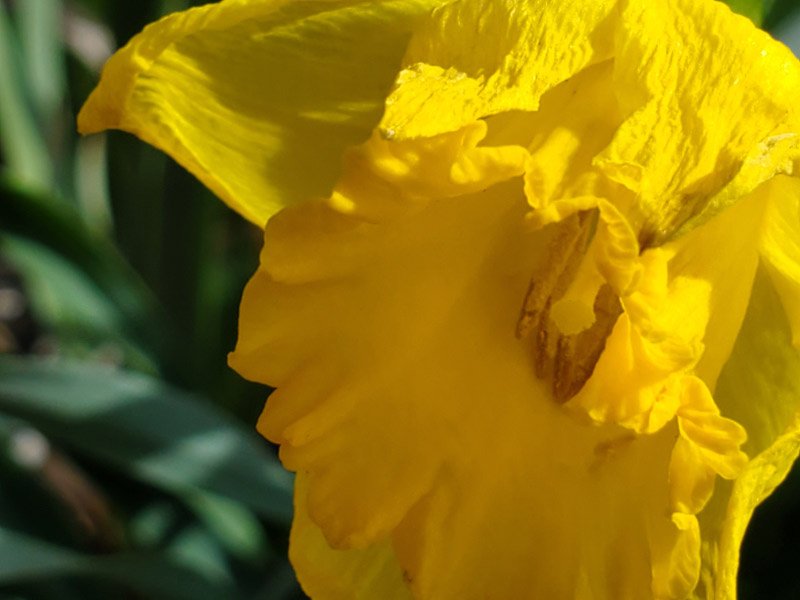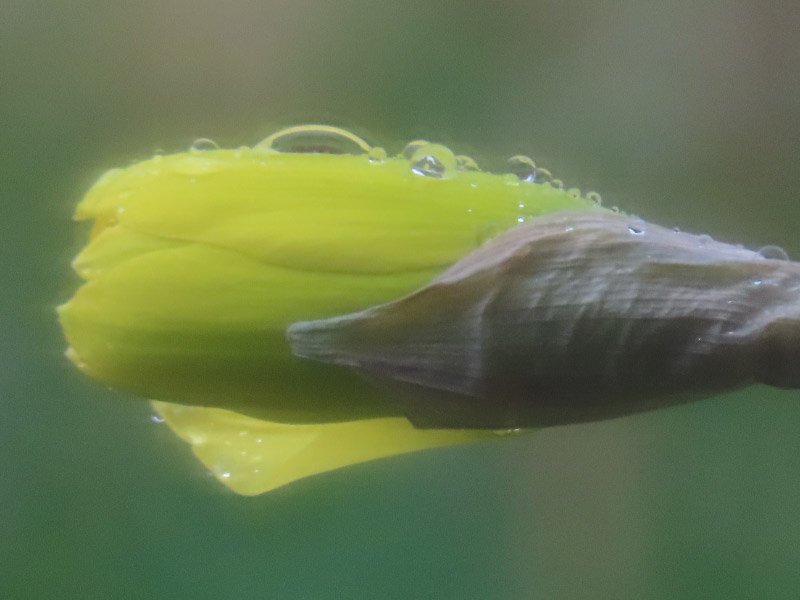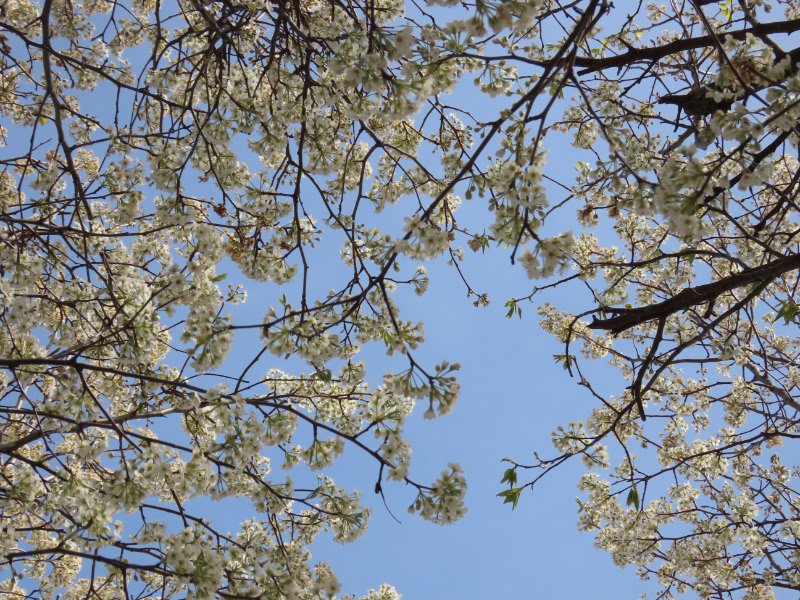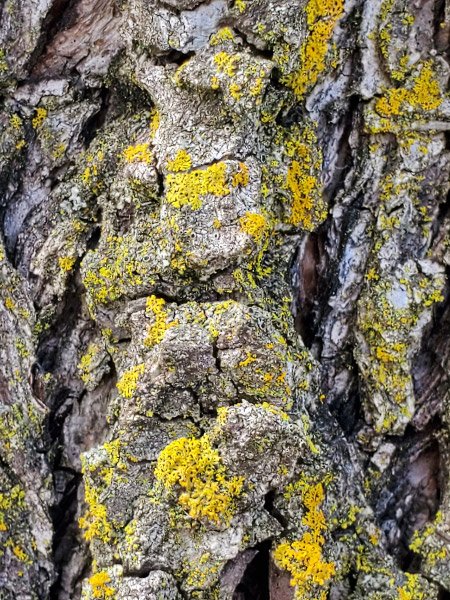Gleanings of the Week Ending April 15, 2023
/The items below were ‘the cream’ of the articles and websites I found this past week. Click on the light green text to look at the article.
Cyprus’s copper deposits created one of the most important trade hubs in the Bronze Age – Cyprus was part of the first period of international trade in the Mediterranean. It was the largest copper producer around the area. Imports found via excavation included item from close countries like Greece and Egypt; items from distant places like Sardinia, the Baltic Sea region, Afghanistan, and India have also been found. Aside from copper, pottery produced in Cyprus at that time was exported and had been found in excavations around the Mediterranean and beyond.
Green Winter: Europe Learns to Live Without Russian Energy – “In a year when planetary emissions edged upward, Europe is now on track to comfortably outpace its pledge to generate 40 percent of its total energy from renewable sources by 2030.” Impressive.
Australia’s extinct giant eagle was big enough to snack koalas from trees – Likely one of Australia’s top predators during the Pleistocene.
Why East Antarctica is a 'sleeping giant' of sea level rise – The eastern part of Antarctica was thought to be resistant to global warming. In 2012, the East Antarctic ice sheet gained mass overall. But recently, it appears that some ice shelves are melting and might be at risk to collapse. The ice shelves in front of glaciers act as a safety band that keep the glaciers for speeding up and reaching the ocean. Scary comment from the article – “Most of the uncertainty about how much and how fast future sea levels will rise comes from how the East Antarctic Ice Sheet is going to behave.”
Arctic climate modelling too conservative – And about the other pole…researchers at the University of Gothenburg argue that the rate of warming will be faster than projected….and climate models need to reflect the processes occurring there.
In Eastern U.S., Climate Change Has Extended Forest Growing Season by a Month - Scientists tracked American elm, black walnut, white oak, and four other species in northwest Ohio, comparing their data to records collected by an Ohio farmer (Thomas Mikesell) from 1883-1912.
In these cheatgrass-infested hills – Often the natural places closest to where we live…are degraded in some way. That doesn’t mean that we can’t enjoy the natural world that we find there.
Federal Agencies Directed to Develop Policies for Migratory Corridors – Birds and butterflies and fish and big game.
Ski Resorts in the Western U.S. Will Stay Open Into the Spring and Summer – Something positive about record-breaking snowfall.
As Enforcement Lags, Toxic Coal Ash Keeps Polluting U.S. Water – Coal ash in the environment and polluting ground water. Even as we migrate toward renewables…the toxic legacy of burning coal is going to last a very long time.



















